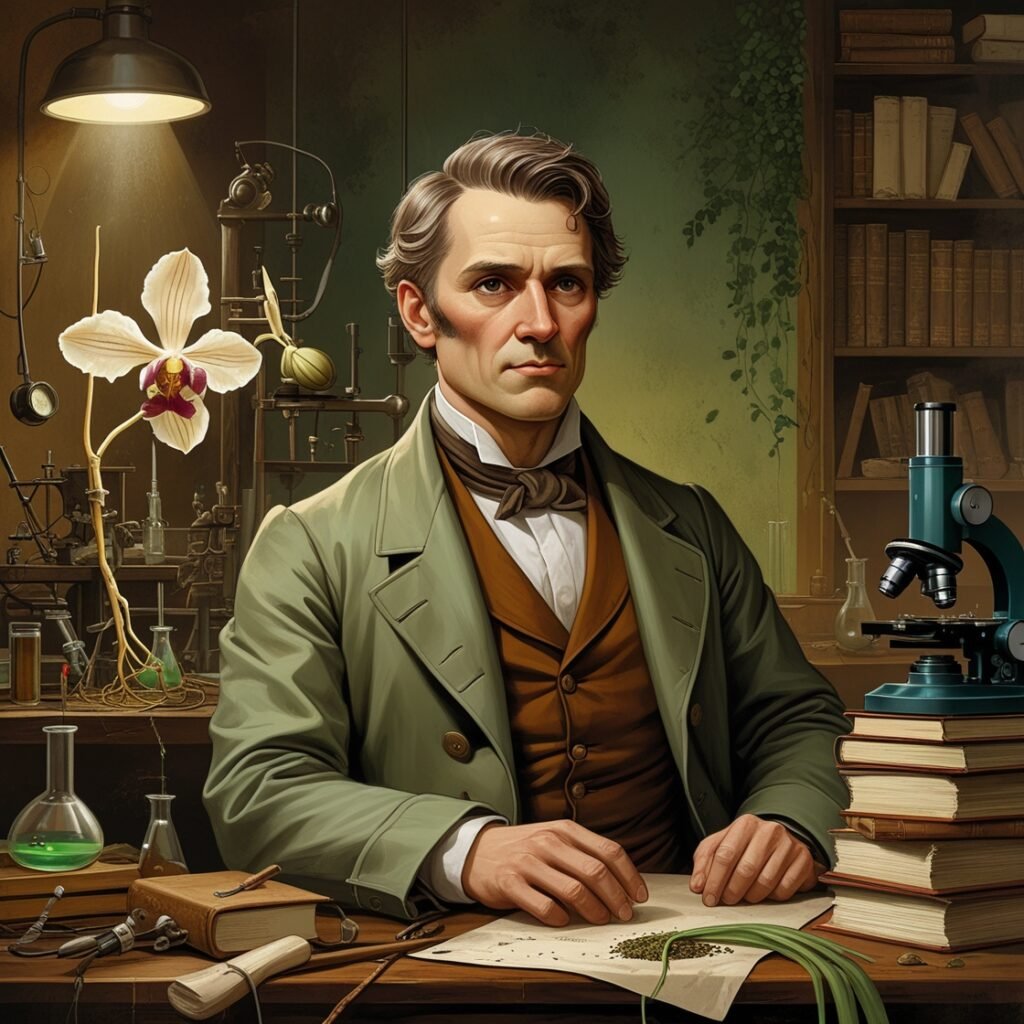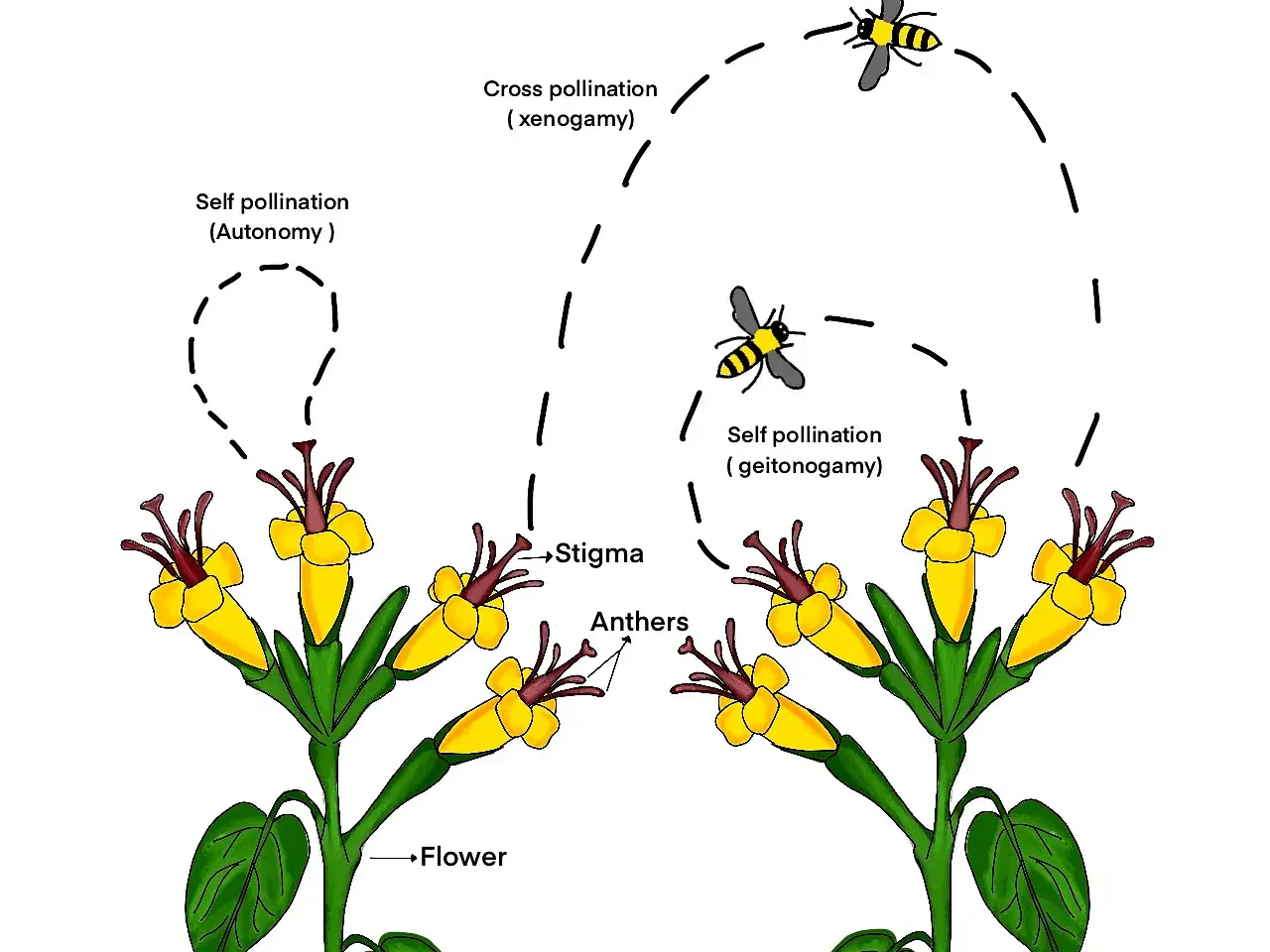History of Cell
Cells are the basic structural and functional units of life. “Cell” was coined by Robert Hooke in 1665. Hooke, who was both a mathematician and physicist, observed the empty cell walls of dead plant tissue under a microscope. He published his findings in a book titled *Micrographia*, released in London.

In 1683, Antonie van Leeuwenhoek became the first person to observe free-living cells, including protozoa, bacteria, sperm, and red blood cells.
In 1772, Alfonso Corti observed living matter within cells. Later, in 1781, Francesco Fontana discovered the nucleolus in the skin cells of an eel.
In 1831, Robert Brown identified the nucleus in the cells of an orchid root.
In 1835, Félix Dujardin referred to the living matter within cells as “sarcode.”
Finally, in 1839, Jan Evangelista Purkinje named the jelly-like substance within cells “protoplasm.”
Characteristics of Cell
- The cell is the smallest unit of life.
- All cells share a common ancestry.
- All cells have similar physical and chemical compositions.
- Each cell can exist independently or as part of a larger organism.
- Cells are capable of self-division and self-regulation.
- Every cell has its own metabolism.
- Cells are fundamental units of physiological activity.
- Cells contain genetic information and utilize it.
- Each cell has a defined lifespan.
- Life cannot exist without cells.
- Cells are responsible for transferring life from one generation to the next.
- An organism cannot perform any activity that is not expressed by its cells.
- Cells can respond to stimuli.
- Each cell is totipotent, meaning it can form an entire organism.
- Cells involved in protection do not have protoplasts (for example, skin surface cells and cork cells).
- The human body contains approximately 260 different types of cells. Humans have around 100 trillion cells.
- Damaged or infected cells are destroyed through a process called apoptosis.
Size of Cell
Cell sizes can vary significantly. The smallest known cell is that of the Pleuro Pneumonia-Like Organism (PPLO), while the largest cell is the egg of an ostrich. A typical cell measures about 10 micrometers (µm) in size and has a mass of approximately 1 nanogram (ng).
The size of a cell is influenced by several factors, including:
- (a) The nucleocytoplasmic ratio
- (b) The ratio of cell surface area to cell volume
- (c) The rate of metabolism
Shape of Cell
The shape of cells can vary significantly. For example, they can be variable (continuously changing), such as amoebas and leucocytes; elongated, like nerve cells; spherical, as seen in many animal eggs; cuboidal, like thyroid gland cells; discoidal, exemplified by red blood cells (RBCs); flattened, as in squamous epithelium; or branched, as in the pigment cells of the skin.
Cell theory
Cell theory, proposed by Schleiden and Schwann in 1838, states the following:
- (a) The cell is the fundamental structural unit of life.
- (b) Living organisms are composed of cells.
In 1855, Rudolf Virchow noted that new cells arise from pre-existing cells. Additionally, Louis Pasteur conducted experimental studies that demonstrated that life originates from existing cells. It is important to note that viruses are an exception to cell theory


